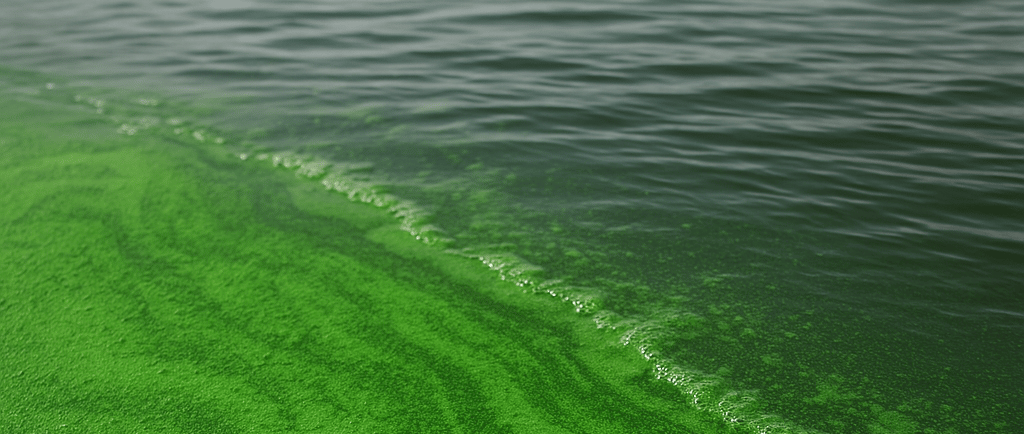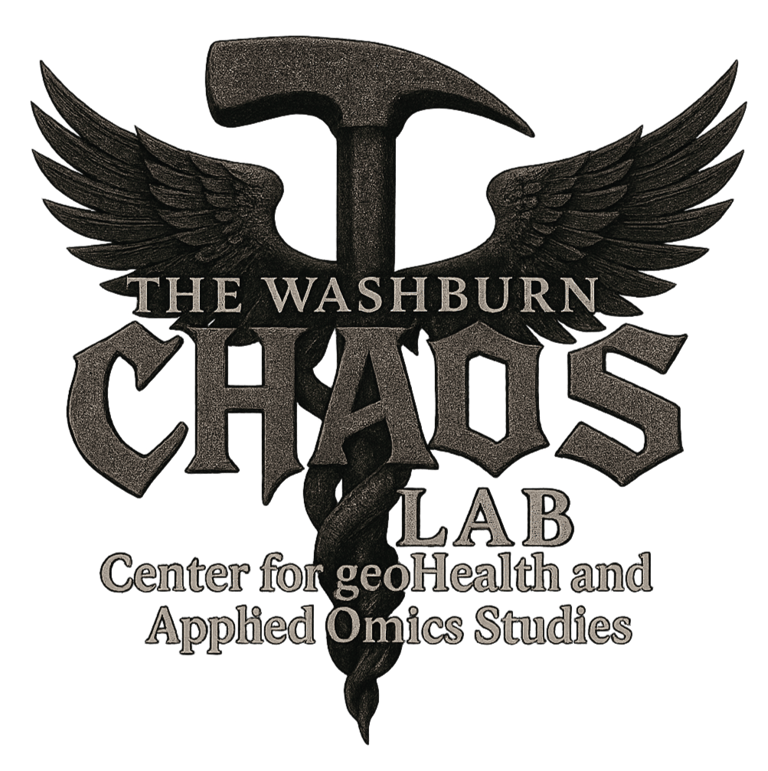When the Lake Turns Green: What Harmful Algal Blooms Are Trying to Tell Us
Kentucky’s lakes just got a little more chaotic—Herrington Lake went toxic this summer thanks to a bloom of cyanobacteria spitting out liver-shredding microcystins. But this isn’t just one-off slime; it’s part of a national wave of harmful algal blooms turning water deadly from coastlines to karst springs. At the Kentucky Geological Survey, we’re knee-deep in the muck—tracking microbes, decoding their warning signs, and figuring out how to stop the next outbreak before your weekend swim turns into a biohazard. This is geohealth. This is why we do what we do.
RESEARCH FEATUREMICROBIAL ECOLOGYMICROBIAL ISRGROUNDWATERALGAL BLOOMS
7/25/20252 min read
🌊 Wait, What Even Is a Harmful Algal Bloom?
Let’s get this straight: harmful algal blooms (HABs) aren’t just annoying green sludge—they’re microbial outbreaks that can kill fish, dogs, livestock, and even people. They're caused primarily by photosynthetic microorganisms like:
Cyanobacteria (blue-green algae): Microcystis, Dolichospermum, Planktothrix, Aphanizomenon
Diatoms & Dinoflagellates (in marine systems): produce domoic acid and other neurotoxins
Chrysophytes: linked to golden algal blooms and fish kills in some freshwater systems
And what do they produce when they go rogue? Neurotoxins, hepatotoxins, cytotoxins:
Microcystins – liver toxins; linked to nausea, liver damage, death in animals
Anatoxin-a – neurotoxin nicknamed “Very Fast Death Factor”
Domoic acid – memory loss, seizures, and death (mostly marine)
Cylindrospermopsin – broad-spectrum toxin affecting kidneys and liver
These aren’t fringe issues—they’re growing, national threats. And that’s why our work at the Kentucky Geological Survey is laser-focused on microbial mapping, bloom prediction, and hydro-linked health risks.
📍 Kentucky: When the Waters Go Green
In June 2025, Kentucky’s own Herrington Lake went toxic. The state issued a health advisory after a confirmed cyanobacterial bloom unleashed microcystins near Paradise Camp and Tanyard Branch. Even boating through the scum could create aerosolized exposure risks.
🧪 Toxin: Microcystins
📍 Site: Herrington Lake (Garrard, Mercer, Boyle counties)
📅 Advisory Lifted: July 4–5, 2025
📖 Source: KY Health News, NKY Tribune
🧬 This Is Why Our Work at the Kentucky Geological Survey Matters
Our team at the Kentucky Geological Survey (KGS) is mapping and monitoring the microbial ecosystems that underpin these blooms. We're digging deep—literally—into groundwater, sediment, and streambed microbiomes to answer big questions:
What microbial communities precede bloom events?
How does nutrient loading affect sediment–water interfaces?
Can we detect bloom-forming taxa through eDNA in fluvial and karst systems?
Are groundwater inputs a silent contributor to bloom dynamics?
This is geohealth in action—merging geology, microbiology, hydrology, and public health. And that’s why this is an emerging focus of geohealth research at the Kentucky Geological Survey.
🚨 Nationwide Mayhem: Blooms Are Boiling Over
🌊 Southern California
A massive domoic acid bloom has sea lions convulsing, dolphins washing up, and headlines screaming “demonic sea lion attacks.”
📖 SF Chronicle
🐋 Alaska & Arctic
New Nature data show toxin levels in bowhead whale feces have tripled over two decades due to warming waters.
📖 Financial Times
🐘 Botswana
Over 350 elephants died—later traced to cyanotoxins in waterholes during the 2020 dry season.
📖 The Guardian
🔬 Applied Research = Real-World Defense
At KGS, we’re turning that chaos into data:
Mapping cyanotoxin-producing strains in sediment
Identifying bloom precursor taxa in groundwater-fed tributaries
Monitoring urban and agricultural runoff signatures in real time
Working with public health officials to align monitoring plans for HAB early warning
This is about catching microbial threats upstream—before they slime the water and poison the kids.
We’re also exploring how HAB risk intersects with:
Drinking water infrastructure
Private well contamination
Floodplain recharge zones
Nutrient flux in Kentucky’s karst terrain
🧠 Heads-Up, Kentucky: We’re in the Crosshairs
Kentucky’s shallow, nutrient-rich lakes, heavy agricultural runoff, and complex karst aquifers make us a prime target for bloom activity. Our ability to predict, monitor, and intervene depends on constant microbial surveillance.
📱 Report blooms: 1‑800‑928‑2380 or via online form
📍 View active alerts: KY HAB Map
🧨 Final Word from the Chaos Lab
Microbes rule the world.
Sometimes they heal. Sometimes they kill.
And sometimes they just want to paint your lake a nice neon green and call it a day.
At KGS, we’re not just watching—we’re decoding the microbial messages hidden in sediment cores, karst springs, and creek beds. Because when your water goes toxic, it’s not just an algal issue. It’s a geohealth emergency.


Algal blooms are in the air—literally. Time to get informed before your lake gets revenge.
